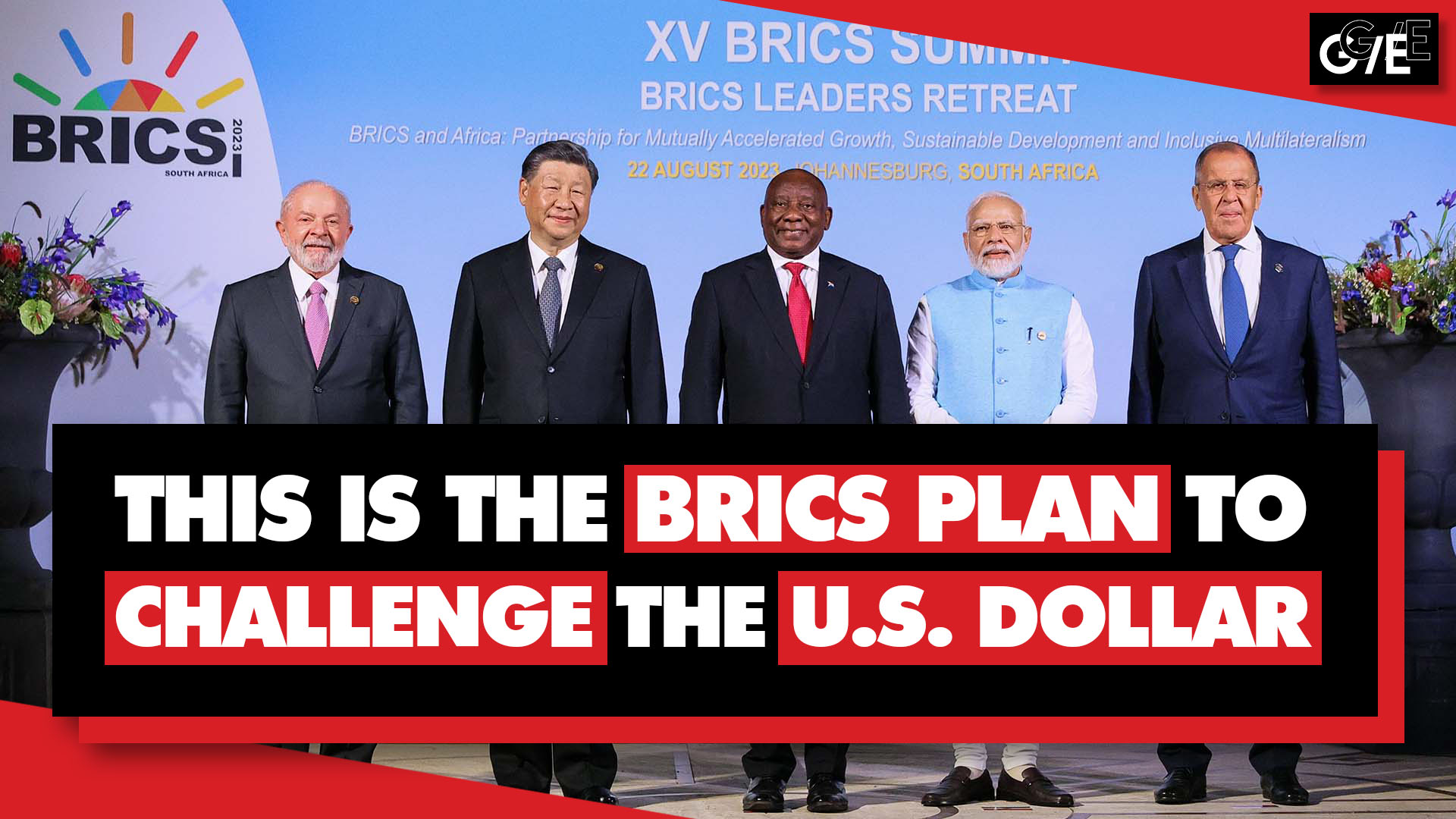The BRICS Cross-Border Payment Initiative (BCBPI) will use national currencies, instead of the US dollar. Russia’s finance ministry and central bank released a report detailing plans to transform the international monetary and financial system.
As the chair of BRICS for 2024, Russia proposed the creation of a BRICS Cross-Border Payment Initiative (BCBPI), in which members of the organization will use their national currencies to trade.
BRICS will likewise establish an alternative messaging infrastructure to circumvent the SWIFT system of interbank communication, which is overseen by the United States and subject to Western unilateral sanctions.
There are also plans for the establishment of a BRICS Grain Exchange and associated pricing agency, with centers for trade in commodities like grain, oil, natural gas, and gold, which can likewise be used to settle trade imbalances.
These proposals were outlined in the report “Improvement of the International Monetary and Financial System”, which was co-authored by the Ministry of Finance of the Russian Federation, the Bank of Russia, and the consulting firm Yakov and Partners.
In February 2024, the finance ministers and central bank governors of BRICS met in Sao Paulo, Brazil. There, the Russian representatives said they would prepare a report “for BRICS countries’ leaders with a list of initiatives and recommendations on ways to improve the international monetary and financial system”.
Russia’s Finance Minister Anton Siluanov explained the motivation:
“The current system is based on existing Western financial infrastructure and the use of reserve currencies. It is severely flawed and is increasingly used as a tool of political and economic pressure. Another reason for a reform of the international monetary and financial system is the geo-economic fragmentation that became a result of the abuse of trade and financial restrictions.”
The Russian BRICS chairmanship report argued that the international monetary and financial system (IMFS) is not only unjust but also inefficient, as it is a monopoly that suffers “from excessive reliance on a single currency and centralized financial infrastructure”.
The document noted that the “current IMFS is primarily serving interests of AEs” (advanced economies) – that is, largely the wealthy countries of the West.
As of 2023, the original five BRICS countries make up 32% of global GDP (measured at purchasing power parity, PPP), but have only 13.54% of voting shares in the IMF.
On the other hand, the G7 nations hold 41.27% of the voting shares in the IMF, despite the fact that they comprise just 30% of global GDP (PPP).



Cool. I can’t wait to accept 100 rubles just for it to be worth 50 rubles few days later. 🙄
https://cdn.howmuch.net/articles/rise-and-fall-dollar-315f.jpg
You keep posting this graph with no context, but the euro has also had very high inflation.
This is bad faith and you know it, that’s why you aren’t actually discussing it, just posting a misleading graph.
USD had 141% cumulative inflation since 1990
Euro has 115%
The pound has 143%
Brazil ( a member of brics) has nearly 1000% since 1994 (25 million percent from 1990 like the other countries.
China, arguably the biggest contender for stability in brics has 160% inflation.
Why aren’t you including charts for all of these countries? And why are you using a chart showing inflation values from before USD was used as the international currency in 1944 with the bretton woods conference, without demonstrating why that is important and what it means? Given that this is in the context of global currencies.